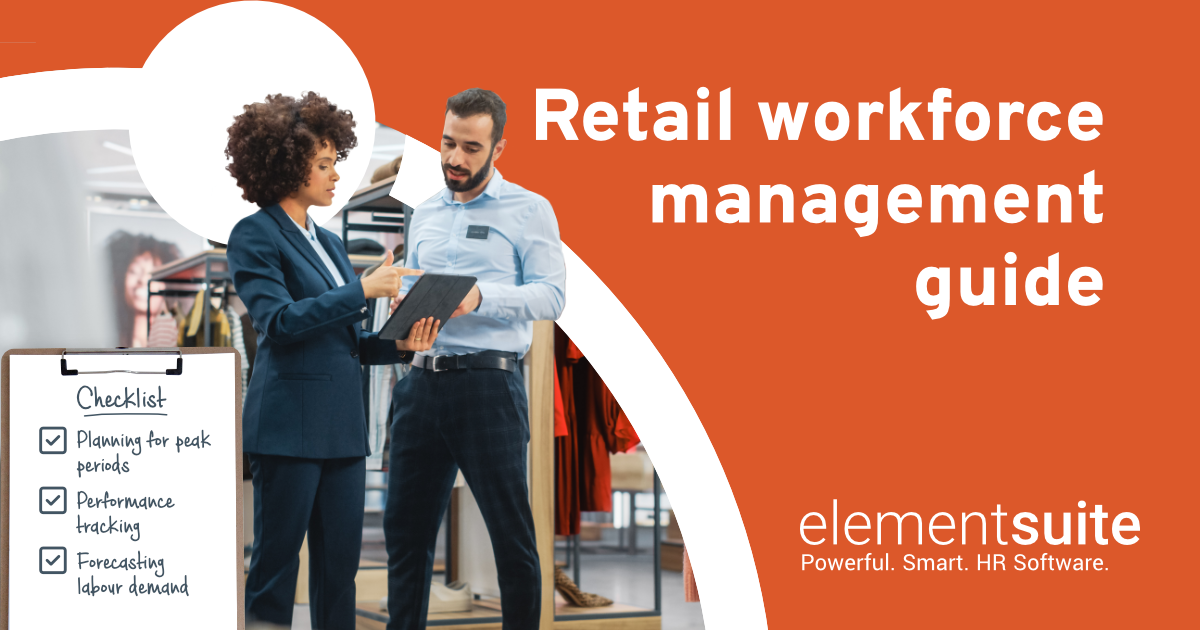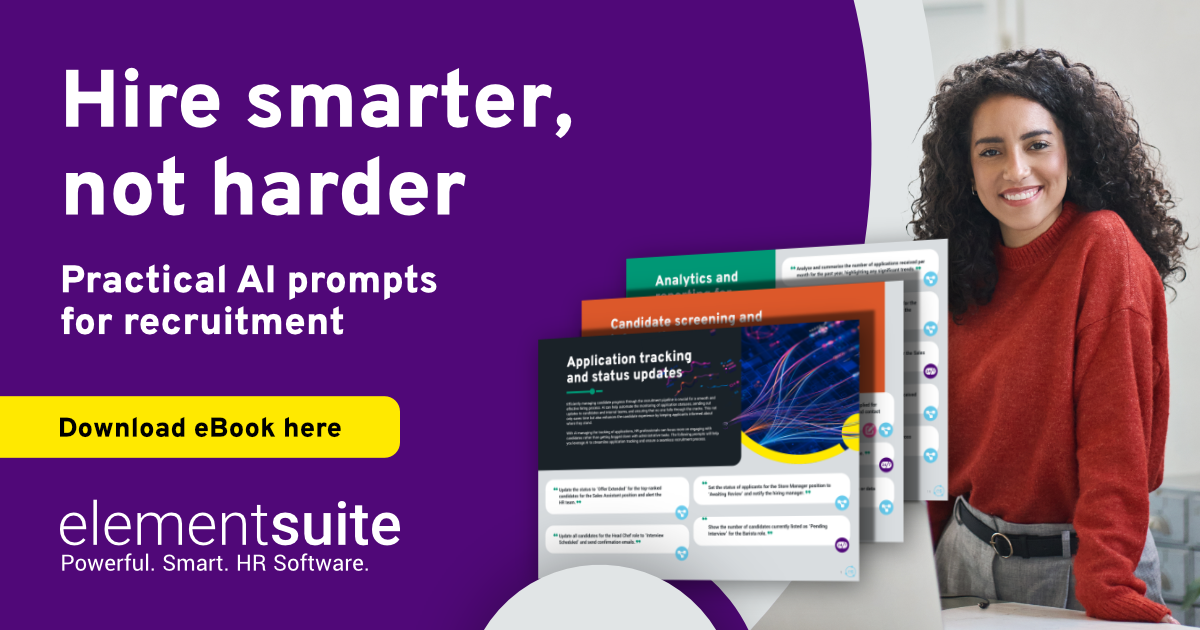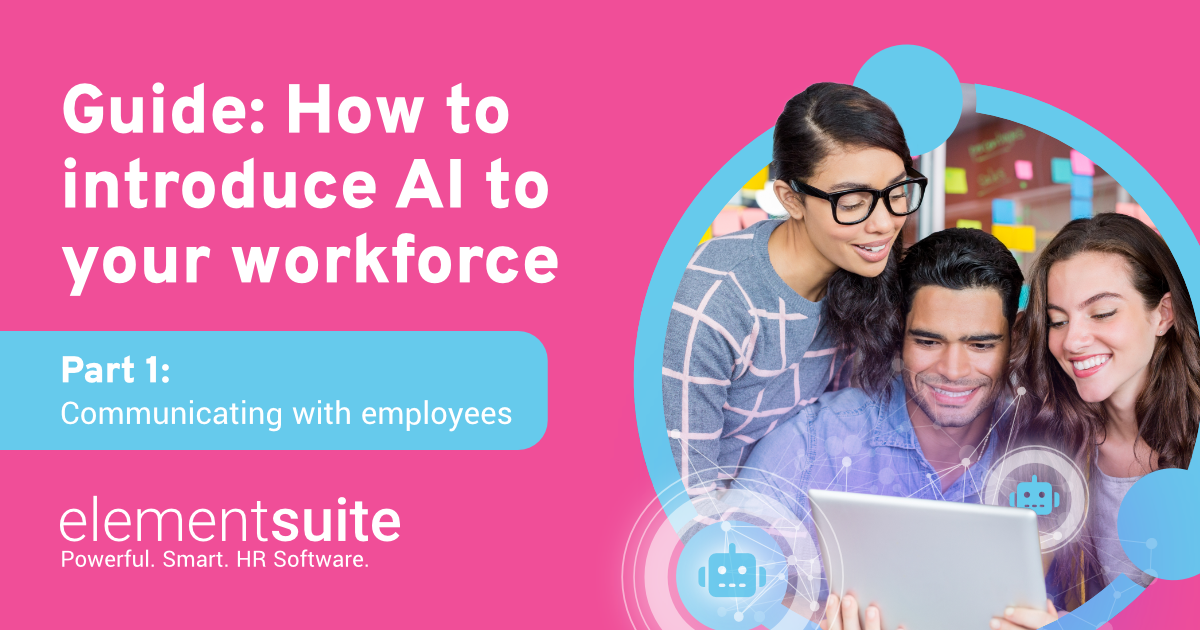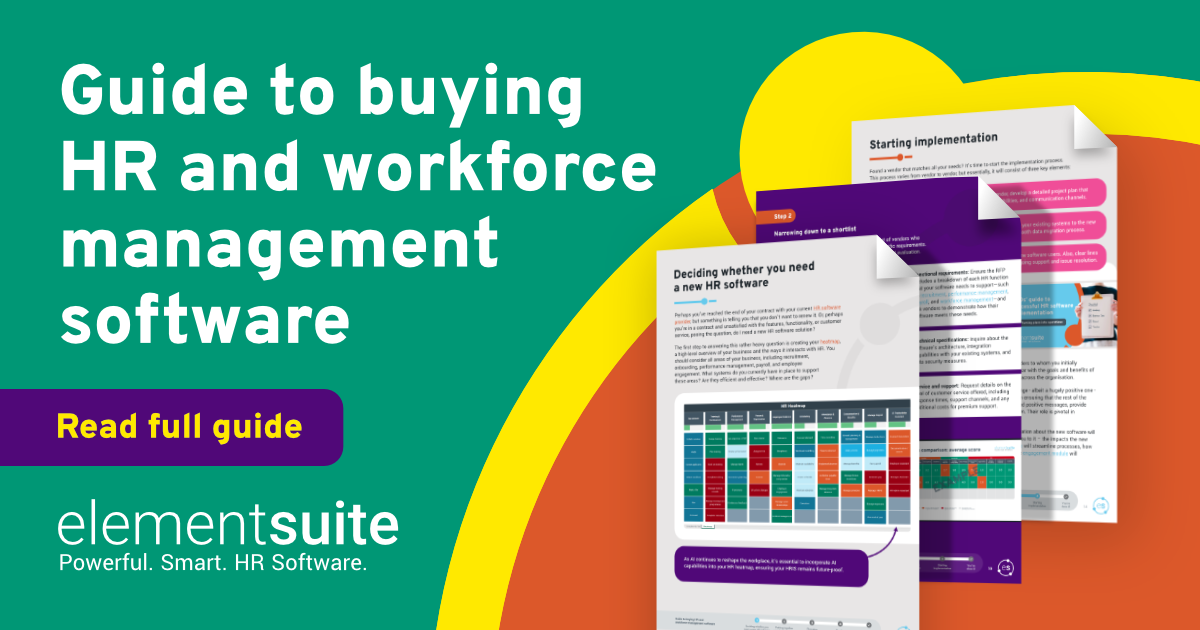In the fast-paced world of retail, staying ahead means mastering the art of workforce management. Welcome to our comprehensive guide tailored for retail leaders seeking to optimise their workforce strategies.
We’ll discuss the following:
- Insights for retail leaders
- What is retail workforce management software?
- How to optimise retail workforce management
Whether you’re a seasoned retail manager, an HR professional navigating the industry’s nuances, or a business owner aiming to maximise efficiency, this guide is your roadmap to success. Dive into key topics like the future of retail work, adapting to changing employee expectations, planning for peak periods, and harnessing the power of workforce management software. Let’s embark on a journey to elevate your retail workforce and drive sustainable growth in this competitive landscape.
Insights for retail leaders
What is the future of workforce management in retail?
The retail landscape stands at the precipice of profound transformation, propelled by rapid technological advancements and shifting consumer preferences. As businesses navigate this dynamic terrain, the future of workforce management emerges as a linchpin for success. From HR administrators orchestrating strategic staffing decisions to operational leaders deciphering behavioural insights, the imperative for agility and foresight has never been more pronounced. As businesses grapple with the complexities of navigating internal and external landscapes, the role of technology emerges as a beacon of promise.
Firstly, with technological developments advancing at an exponential rate, it will be crucial for retail workers to evolve alongside this by developing the new skillsets required in their role. This also means that HR admins need to be aware of changing workforce needs. As noted by Deloitte, ‘they need to have insight into the current state of staffing and be able to flexibly and effectively pivot based on the need to ramp up or down for seasonal needs […]. The right WFM for retail is one way to help reduce costs, streamline staffing, and make strategic staffing decisions’.
Businesses, especially in the retail and hospitality industry, have to enhance and in some cases throw out established strategies and create new plans to equip their workforce to serve their customers better. By leveraging innovative workforce technologies, employers can equip employees to respond to changing customer demands. To meet the fluctuating demands, and adapt to the new legislative and organisational requirements, employers need to have smart workforce management tools which provide real-time actionable insights and allow effective decision making.
Smart and effective workforce planning with retail workforce management software means organisations can do more with less, delivery on customer experience and meet the business needs. HR admins can throw away complex spreadsheets and poor communication in favour of real-time workforce management technology that gives people access to check any time.
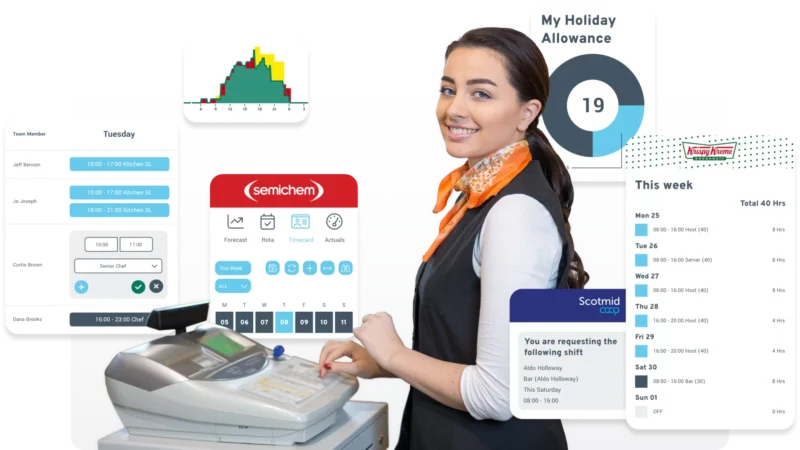
Automation through artificial intelligence will also be increasingly employed to support optimisation of store flows while providing, and this will undoubtedly be reflected in AI operated people processes behind the scenes. Once again, HR will need to take a lead in walking the organisation through this change, playing a key role in organisation evolvement in the new era of AI.
How have changing frontline employee expectations impacted workforce management?
In today’s society, flexibility is no longer a perk but an expectation for many employees. People want more flexibility in their lives. However, in in-person businesses such as retail and hospitality, this can be challenging to accommodate – it’s not like you can offer your frontline sales workers a work-from-home position, but it’s still important to align with frontline employee expectations.
There is no denying that the modern workforce craves flexibility at work. Whether it’s the ability to work from home, have a more fluid schedule, or easily swap shifts with colleagues -flexible options are highly sought after. And as a savvy HR professional, you know that happy employees often lead to increased productivity and profitability for the company.
The right software can help address all your workforce management challenges.
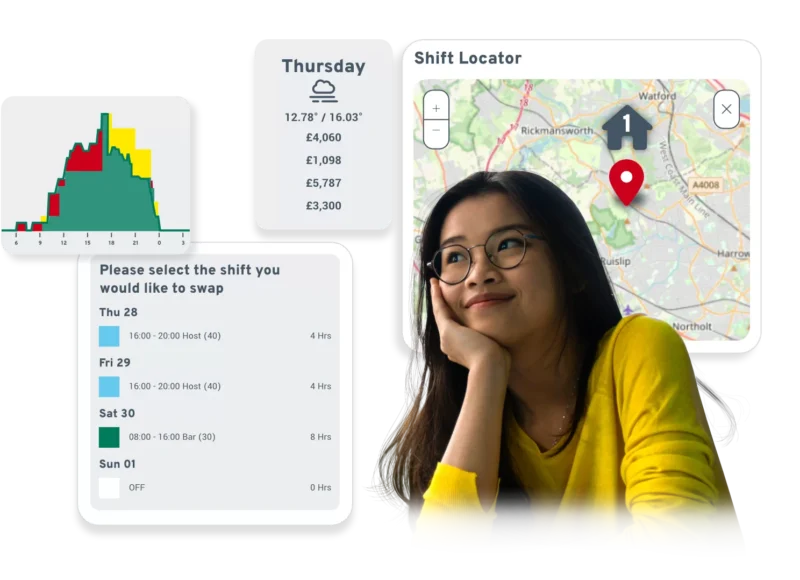
Your front line employees may have to be on site during working hours, but that doesn’t mean they can’t have some control over their schedule. A good software allows them to request leave, and update their work availability (with the days that they are available to work and those where they cannot work) from their phone or computer, giving them a sense of ownership over their work life balance.
Your permanent and seasonal staff won’t have to run around the store or make endless phone calls to find someone to cover their shift. Instead, they can easily request time off and manage their schedules with just a few clicks on their mobile app. This not only makes the scheduling process more manageable but also demonstrates that you value your employees’ work-life balance through your adaptability.
This is particularly helpful for those who work shifts, and need to juggle other commitments such as childcare or studying. For instance, a retail assistant may want to request leave for an upcoming exam, or want to highlight their availability in the upcoming weeks to accommodate childcare commitments. The workforce management software allows them to do this quickly and in real time, rather than having to wait for approval from a manager or workforce planning team.
Employee self-service is a substantial tool in helping staff have a positive experience in the workplace. The secret to the right workforce management strategies for retailers when it comes to employee self-service is ensuring it doesn’t feel impersonal. Digital self-service can be heavily personalised which enhances the employee experience and creates greater transparency. To work seamlessly it needs to be branded to the business, intuitive and easy to access.
Planning for peak periods
Seasonal staff tend to be the working cog that keep the machines ticking during busy holiday periods, helping to keep queues and waiting times down, boost the quality of customer service and bring in more revenue for the business. However, without optimised labor plans and the correct labor schedules, seasonal staff scheduling can quickly become a hindrance rather than a benefit.
One common mistake that businesses make is underestimating their staff scheduling needs.
Data can be hugely beneficial during these times. From previous holiday seasons’ trends to current sales figures, customer foot traffic, nearby events or even local weather conditions, data can provide valuable insights into staffing needs and help create a more efficient schedule.
For instance, if a store knows that they typically see a 30% increase in foot traffic on Black Friday, they can schedule more staff during those hours to avoid long wait times and disgruntled customers.
By integrating external systems such as booking or sales tracking applications with your workforce management software, businesses can take advantage of predictive modelling and forecasting tools to accurately determine staff requirements for each shift and better understand your seasonal staffing needs for the upcoming holiday season.
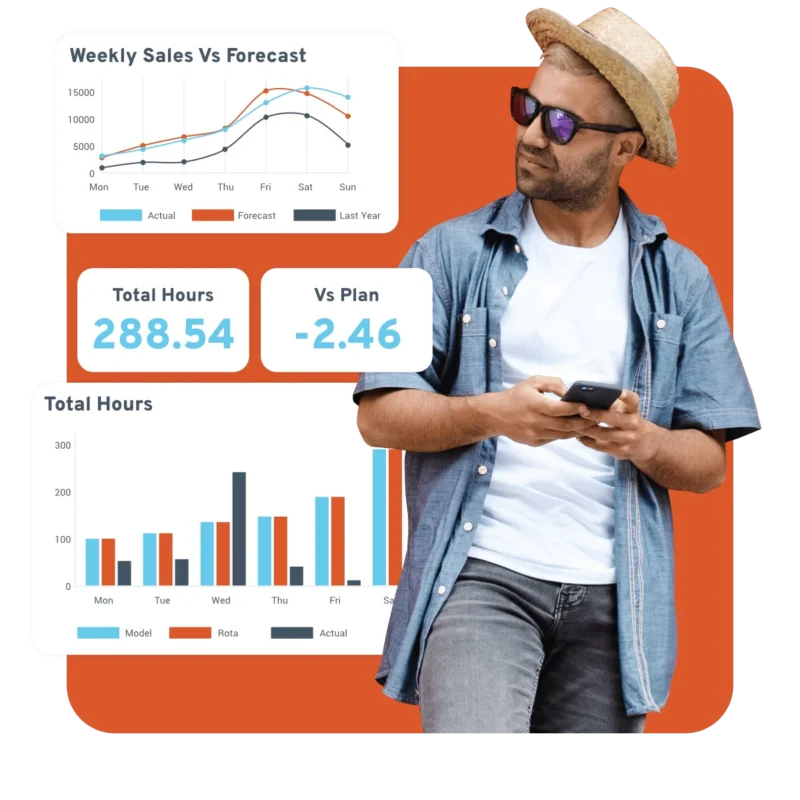
What is retail workforce management software?
The retail sector workforce is unique, it requires a mix of part-time, full-time, casual, and seasonal staff. Plus, head office employees, distribution, admin, customer support and of course HR and everything in between. As a result, workforce planning, labour budgeting, and payroll becomes incredibly complex. Retailers want to build agile business models, driven by the dynamically shifting business environments and competitive landscape. This means igniting the power of agile workforce management and embracing digital transformation for labour optimisation.
What features are typically included in retail workforce management software?
As retail organisations operate with busy multi-site, multi-shift environments, they can employ a software that eases the challenge. With automated employee scheduling, demand forecasting, modern communication tools, reporting and analytics and so much more that can be provided by a good Workforce Management system, handling complex people processes can be simplified.
Workforce management software enables a more dynamic planning approach and can save up to 80% of your scheduling time. It provides you with greater flexibility and helps drive operational efficiencies.
Flexibility for shift swapping, managing time & attendance, tracking employee performance and much more on a simple mobile app saves time for managers and HR teams alike, and supports better alignment of your workforce, to your business, and customer needs. Workforce management software delivers for your people too, with complete transparency on rotas and real time communication on any changes. Saving time for everyone.
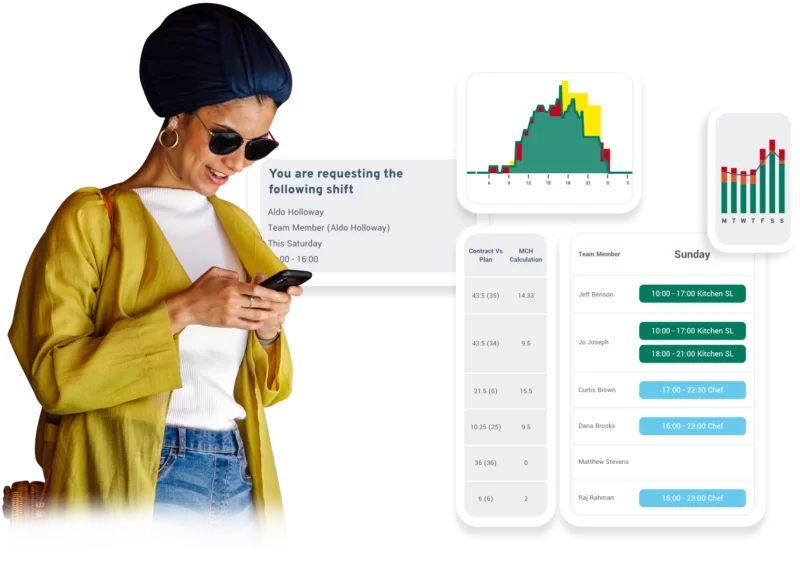
In addition, employees feel more empowered, leading to greater staff satisfaction and a more flexible workforce.
Benefits of implementing a workforce management system
A robust workforce management software offers a plethora of benefits tailored to streamline operations and enhance productivity. From optimising scheduling to facilitating employee engagement, these platforms empower businesses to efficiently allocate resources while prioritising employee well-being. By automating mundane tasks and providing real-time insights, workforce management software equips organisations with the tools needed to adapt swiftly to changing demands, ultimately fostering a culture of efficiency and growth.
With complete transparency on rotas and real-time communications on any changes, you can have real-time labour resource management, helping staff satisfaction in the short-term, and better service and retention in the long run.
Smart and effective workforce planning with software that automates your reporting and analytics processes means you can do more with less, deliver on customer experience, meet the business needs, and stay ahead of any hidden costs.
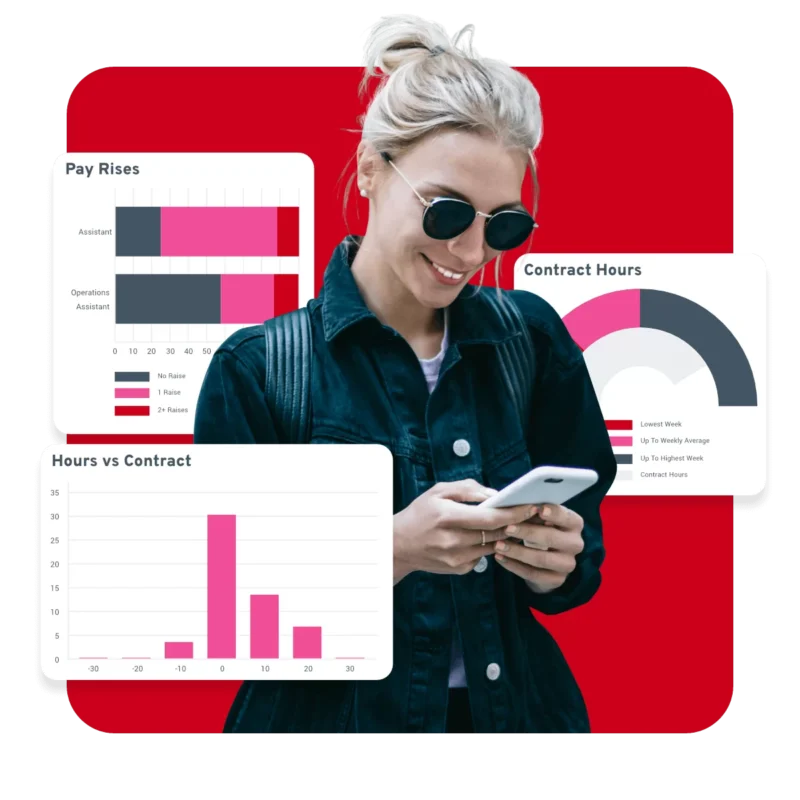
As a result, retail businesses can improve costs by knowing exactly who is required, when, and where thereby decreasing over-staffing. In addition to this, much time is saved when Excel Hell is disposed of and auto-scheduling does the work for you.
With elementsuite’s Workforce Management platform, retail organisations can gain a plethora of features to help save time, increase productivity and reduce costs:
- Easily view rotas– Allow employees to access rotas on their own mobile device.
- Empower employees with self-service functionality – Give your staff the flexibility to edit availability, swap shifts and pick up uncovered shifts across multiple locations.
- Site attributes – Inform your scheduling with factors like opening times.
- Automate scheduling – Plan schedules in line with target hours and ‘shape of day’.
- Add global and local events – Schedule against predicted events to empower mangers to re-run ‘shape of day’ and amend labour scheduling to meet changes in demand.
- Allocate shifts – Leave it to the auto-scheduler to take into account your organisation’s compliance regulations and rules when generating rotas.
- Staffing projections – Compare projections against budget and optimise spending to meet business targets.
- Workload generation – Create accurate ‘shape of day’ workload models based on live business data.
- Advanced forecasting – Generate volume forecasts based on your history and events.
- Back-office integrations – Feed your forecast model with data from existing business systems.
- Actual ‘shape of day’ – Compare your forecasted ‘shape of day’ to actualised labour requirements, continually increasing accuracy and enabling strategic decision-making in rota-generation over time.
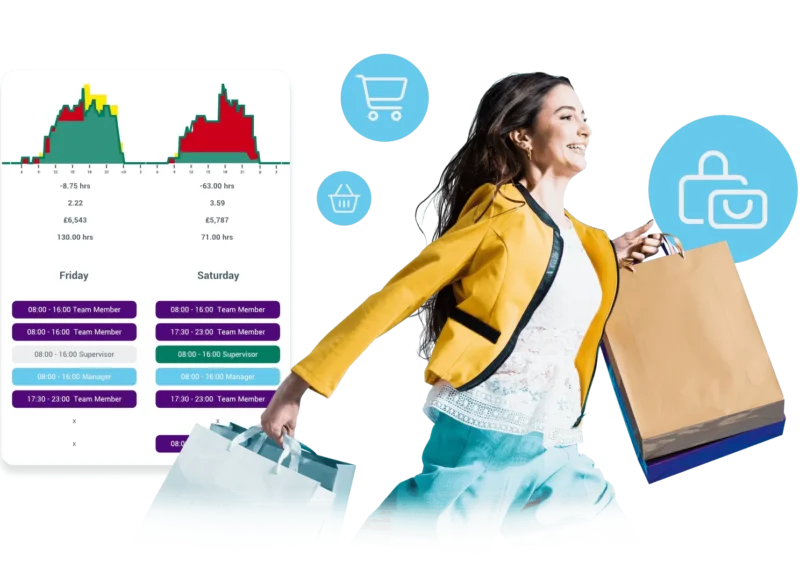
How to optimise retail workforce management and increase efficiency
With a good Workforce Management system, you can do it all: whether it’s automated scheduling, time-tracking, or even algorithmic forecasting, you can save time and costs.
Automated scheduling and time tracking
Leave it to your software to automatically generate rotas based on data like EPOS, footfall and local events. In addition, you can know you have the right people in the right place at the right time with geo-fencing and web-clocking Time & Attendance functionality. Auto-scheduling tools align with your daily demand fluctuations while ensuring all fairness and compliance rules are always met.
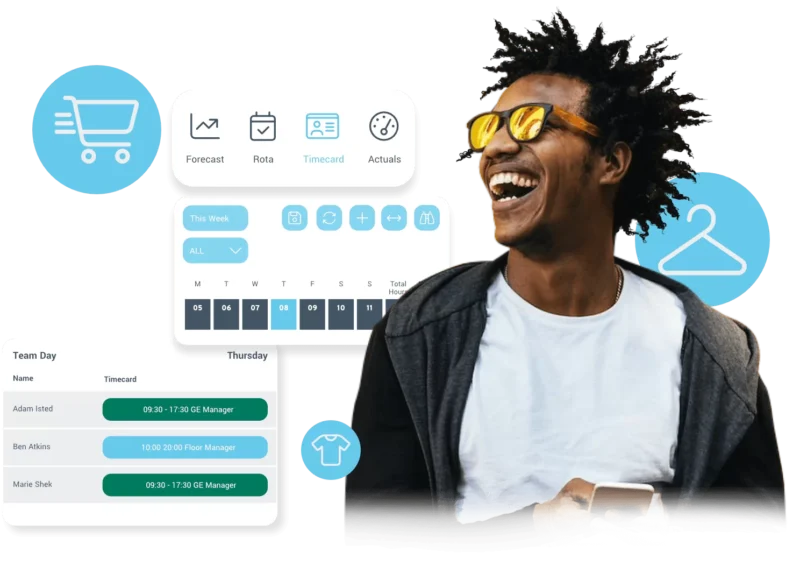
Employee self-service functionality
Empower your staff to view rotas, swap shifts, and pick up additional shifts (even in different locations). On software that is mobile-friendly, employees can also validate their hours after each shift from the palm of their hand and request time off at the click of a button, giving them full control over their schedules.
Employee performance tracking and reporting capabilities
It is crucial to give employees transparency when it comes to performance. Choosing a workforce management system that has in-built performance tracking capabilities optimises this process. A platform like elementsuite identifies skills gaps and guides employees to achieve their full potential. This can be through enabling you to create evaluation forms, tracking reviews or impromptu catch-ups, and managing 360 degree feedback.
You can then use the platform’s reporting capabilities for data-driven insights to help you stay ahead of your employee performance analysis and ensure your staff can become the best versions of themselves.
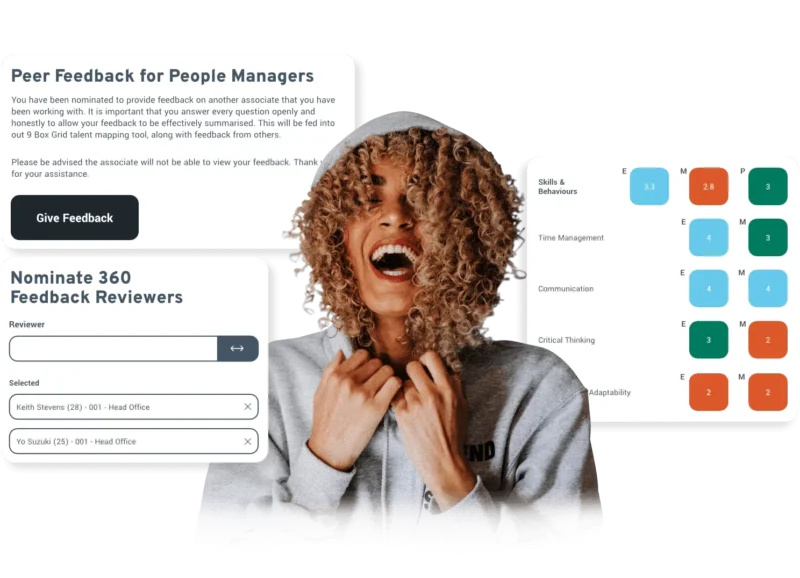
Staff cost optimisation tools and reports
In today’s competitive retail landscape, managing staff costs efficiently is paramount for sustainable business growth. Retail workforce management software offers a suite of powerful tools and reports specifically designed to optimise staff costs while maximising productivity and customer satisfaction.
Retail workforce management software provides comprehensive reports that offer insights into various aspects of business operations, including staff costs. These reports analyse key performance indicators such as labour costs as a percentage of revenue, labour efficiency ratios, and labour cost per transaction. By identifying areas of inefficiency or opportunity for improvement, businesses can implement targeted strategies to optimise staff costs and improve overall profitability.
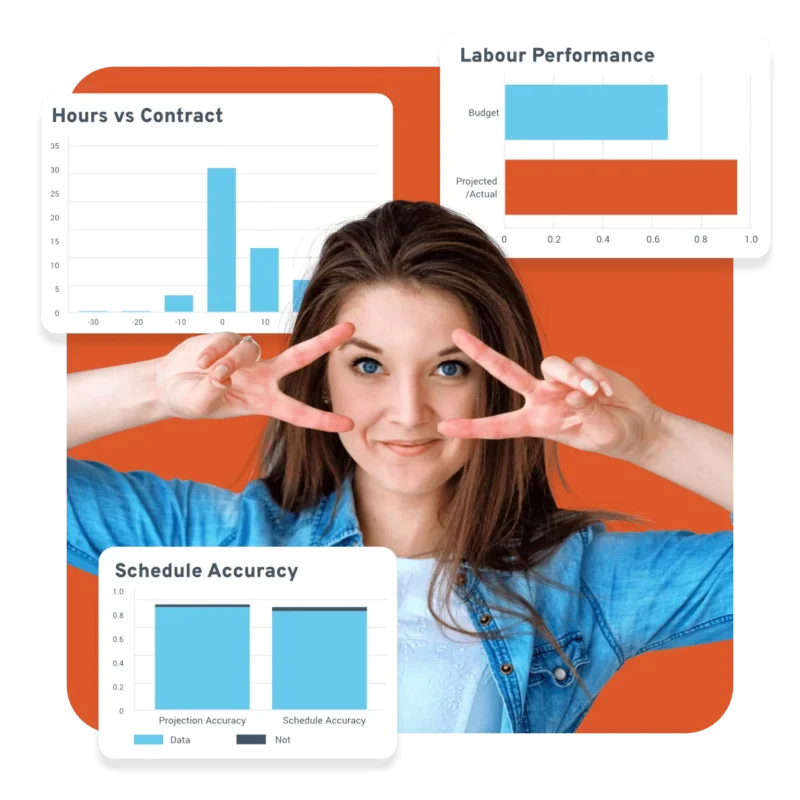
The implementation of scheduling, forecasting and business optimisation tools can lead to significant cost savings for retail businesses. By accurately predicting staffing needs and optimising scheduling practices, retailers can minimise labour waste and allocate resources more effectively, resulting in substantial cost reductions.
Business rules customisation and compliance
Ensure your employees are on the right side of the law with a retail workforce management system that keeps you ahead of changes that affect compliance rules and regulations according to your own organisational policies with business rules customisation, as well as industry-wide changes.
Flexible scheduling options for hourly employees
With a good retail workforce management system, what was once complex and time-consuming, is now simple and quick. You can manage flexible scheduling for hourly employees without juggling those scribbled notes and crossing-outs.
This can be done through using a solution that automatically generates rotas whilst giving you all your scheduling insights. This will save you time when it comes to flexible staffing requirements by allowing you to create workload models from your forecasts. In addition, using your employee availability and preferences will help support employee satisfaction, all while helping you find big reductions when it comes to over- and under-staffing.
Forecasting and budgeting tools for labour operations
As we know, having the right people in the right place at the right time is critical to success in the retail industry. One of the most valuable features in a retail workforce management software is generating accurate forecastand budgeting to enable better decisions. The outcomes are vital: you avoid costly delays, improve customer satisfaction, and increase profitability.
A platform like elementsuite accurately predicts your short, medium and long-term staffing requirements through algorithmic forecasting. It means you can maximise your efficiency and always have a workforce prepared to handle peak demand periods, seasonal fluctuations, or unexpected events, making your labour operations a breeze. By combining data from a variety of historical sources and live data such as weather predictions, local events and promotions, this demand planning ensures you always have the right people in the right place.
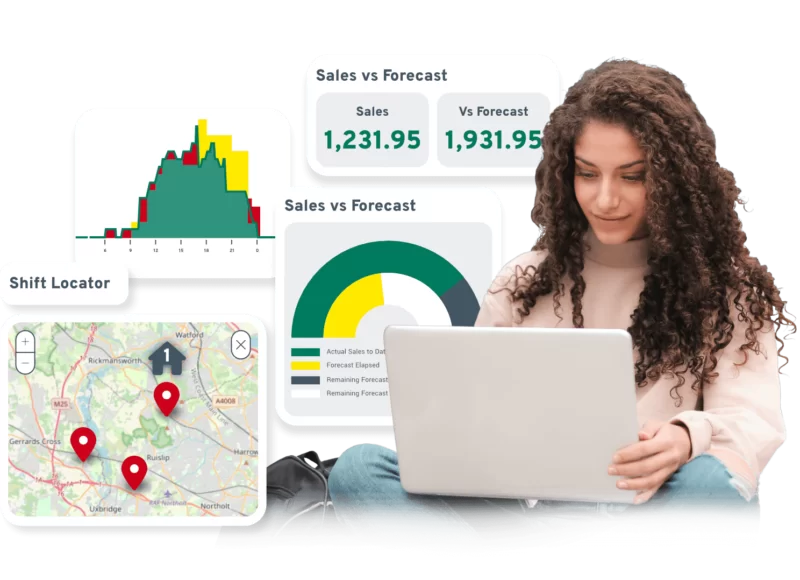
Conclusions
In conclusion, implementing a robust workforce management system is essential for retail businesses aiming to optimise operations, enhance employee satisfaction, and ultimately drive profitability. By leveraging advanced scheduling tools, effective communication platforms, and data-driven insights, retailers can streamline their workforce management processes, align staffing with customer demand, and empower employees to deliver exceptional service. Investing in the right technology and fostering a culture of transparency and collaboration will not only improve operational efficiency but also foster a positive work environment conducive to long-term success in the competitive retail landscape.
To learn more about elementsuite’s Workforce Management, book a demo here.
